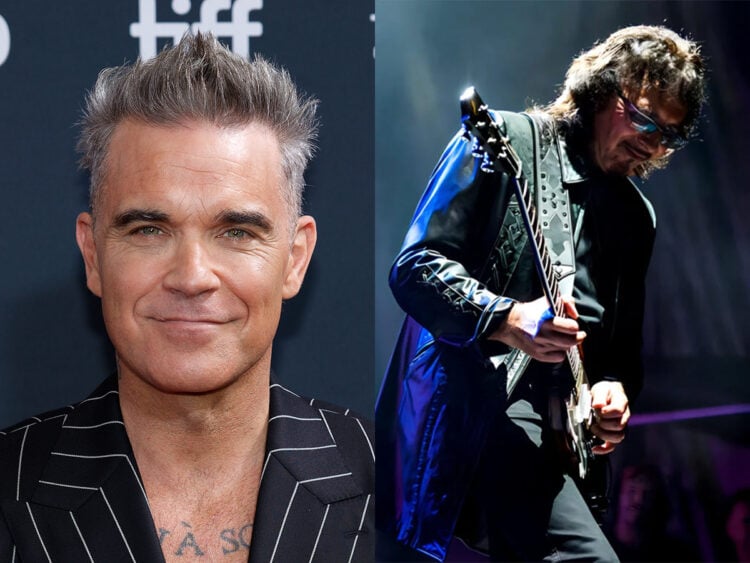“We’ll beat him up”: Did Ritchie Blackmore really plan a heinous attack o his bandmate.
There are cantankerous rock stars, and then there’s Ritchie Blackmore, who exists in his own category. A distinctive figure with an appropriately unique sound, he backs his sonic might up with a character that is capricious, deadly serious, and, at points, hilarious without meaning to be. He’s provided several memorable comments in his time, and one of the darkest and most surprising concerns his former Deep Purple bandmate, Ian Gillan.
Despite Blackmore and Gillan being key elements of one of the most innovative rock bands of all time and a frontman and guitarist partnership rivalling that of the in-house pairings at the forefront of their peers in Led Zeppelin and Black Sabbath, they haven’t gotten on for years. They might have their names on records, such as Deep Purple in Rock and Machine Head, but that period of creative verdance in the early 1970s was a long, long time ago.
While Deep Purple have had many different periods and lineups, practically every fan would agree that the ‘Mark II’ iteration, featuring Blackmore, Gillan, Roger Glover, Jon Lord and Ian Paice, was their most effective. After all, it was this quintet that composed the albums listed above, and made the greatest impact on culture, let alone being their most commercially successful.
However, as with most bands of world-famous stature, the wheels started coming off shortly after their peak. By 1973, the tensions between Blackmore and Gillan had become so fraught that the frontman quit the group after they toured Japan that summer. This was followed by Glover’s firing, reportedly at the guitarist’s insistence, as he tightened his grip. With the David Coverdale-fronted, ‘Mark III’ line-up, things trudged on, but the writing was on the wall; in 1975, Blackmore also quit, citing his open disdain for the funk and soul aspects of Stormbringer. He left to form Rainbow, an outfit over which he had total creative control.
The group then split in 1976, with the members going off and undertaking different projects. Then, close to a decade later, in 1984, the full ‘Mark II’ lineup reconvened. They released their most successful album to date in Perfect Strangers later that year, but the tension between Blackmore and Gillan soon soured proceedings. Gillan was fired in 1989.
While the band eventually settled on former Rainbow frontman Joe Lynn Turner, he was ousted due to the others wanting Gillan back for their 25th anniversary in 1993. Blackmore resented this decision and the fact that Gillan reworked the vocal parts for The Battle Rages On. By all accounts, and as featured in the documentary Come Hell or High Water, it was arguably the most uncomfortable time in all of their careers. Something had to give, and following a show in Helsinki in November, Blackmore quit the band for the final time.
Although that was over three decades ago, Gillan has since maintained that the ‘Mark II’ lineup will never get back together because of the sour atmosphere, despite them getting along better today.
It’s not hard to understand why, either. When speaking to the Swedish TV programme Metal Magazine in October 1993, Blackmore revealed his plans to physically attack Gillan. He said: “One of these days when we’re playing on the road, I’m going to attack Ian Gillan in the back alley. He’s bigger than me, and he’s probably a better fighter, so I’m gonna do it with a few friends of mine — probably Swedish. We’ll beat him up. But he won’t know it’s me.”


